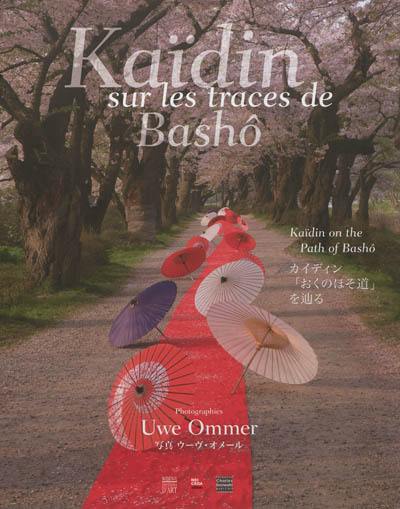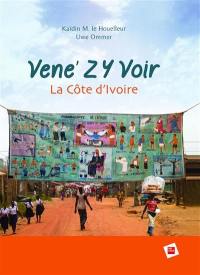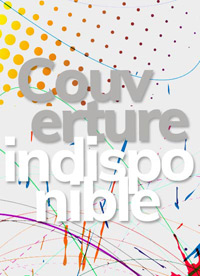
Fiche technique
Format : Broché
Nb de pages : 127 pages
Poids : 745 g
Dimensions : 23cm X 28cm
ISBN : 978-2-7572-0600-3
EAN : 9782757206003
Kaïdin sur les traces de Bashô
art nomade
Quatrième de couverture
Art Nomade
En suivant la piste de Matsuo Bashô (1644-1694), grand maître du haïku, poète de l'errance et de l'instant, l'artiste Kaïdin s'est mise à l'écoute de la nature, en parcourant le Japon telle une nomade. S'inspirant du haïku, Kaïdin crée des installations artistiques dans le milieu naturel, à l'affût des signes que celui-ci lui délivre et qu'elle s'attache à interpréter pour en découvrir le sens. Prenant son temps, l'artiste utilise l'espace, le cadre et les matériaux à sa disposition (eau, bois, terre, pierres, sable, rochers, etc.). Elle n'ajoute ni ne retranche rien, mais adapte, déplace et transforme imperceptiblement le rapport nature / culture. À l'image de cette forme de poésie japonaise extrêmement dépouillée qu'est le haïku, son travail repose sur la fulgurance de l'instant pour transmettre une émotion, qu'elle concrétise dans ses créations éphémères in situ, faisant directement référence au land art, cette tendance de l'art contemporain qui cherche à lier l'art et la vie. Livrées aux éléments naturels, ces créations fugaces ne s'inscrivent dans le temps qu'à travers l'oeil du photographe Uwe Ommer.
Nomadic art
By following the path of Matsuo Bashô (1644-1694), a great master of the haiku, poet of wanderings and of the moment, Kaïdin the artist put herself in touch with nature, going all over Japan like a nomad. Taking inspiration from the haiku, Kaïdin created artistic installations in natural surroundings, on the watch for signs these surroundings deliver to her and which she devotes herself to interpreting to discover their meaning. Taking her time the artist uses the space, the setting and the materials at her disposition (water, wood, earth, stones, sand, rocks, etc.). She neither adds nor removes anything, but adapts, shifts and transforms the relationship nature/culture imperceptibly. In the image of this extremely austere form of Japanese poetry, the haiku, her work relies on the intensity of the moment to transmit an emotion, which she concretizes in her ephemeral creations in situ, directly making reference to land art, this tendency in contemporary art which seeks to link art and life. Left on their own to weather natural elements, these fleeting creations are only recorded in time through the eye of the photographer, Uwe Ommer.







